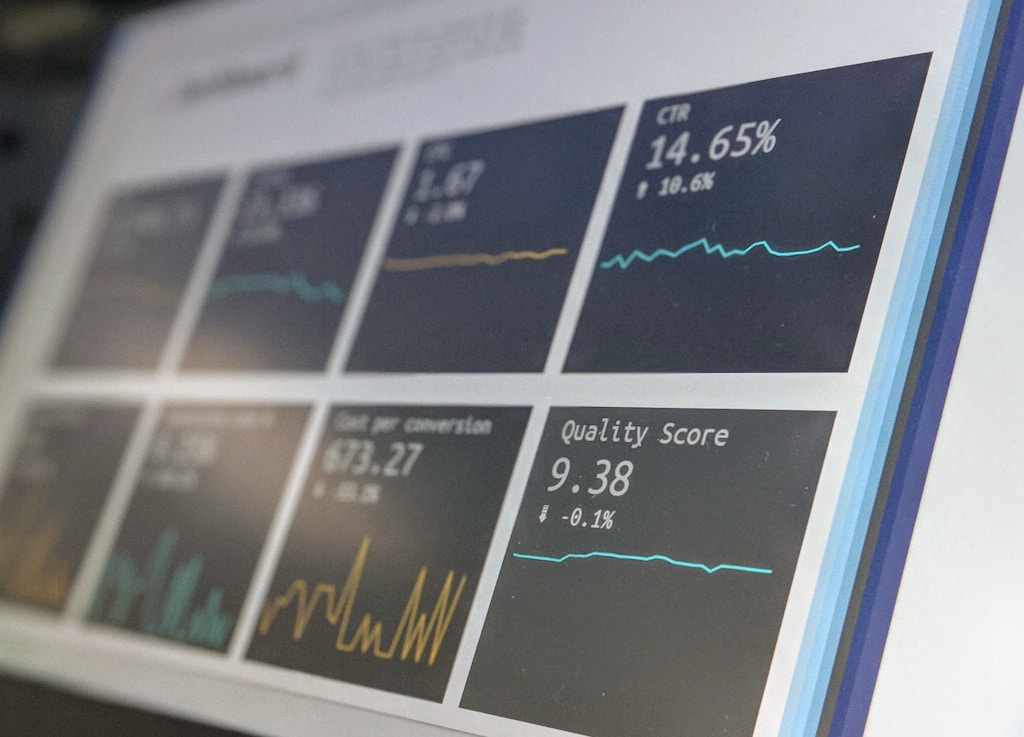Pakistan is making a strategic move into the cryptocurrency space by channeling its surplus electricity into Bitcoin mining and AI data centers, marking a significant shift in the nation’s approach to digital assets and energy utilization. The announcement, made by Pakistan’s Crypto Council head Bilal Bin Saqib, comes as the country seeks innovative solutions to monetize its excess power capacity.
Strategic Partnership with Former Binance CEO
In a notable development that coincides with this initiative, former Binance CEO Changpeng Zhao has been appointed as Pakistan’s strategic advisor on crypto, highlighting the country’s commitment to building a robust digital asset ecosystem.
Addressing Energy Sector Challenges
Pakistan’s energy sector has historically faced significant challenges, including:
- High electricity tariffs
- Chronic overcapacity issues
- Infrastructure inefficiencies
- Limited industrial utilization
Bitcoin Mining Potential
The country’s Bitcoin mining initiative aligns with global trends as Bitcoin’s hashrate approaches the historic 1 ZH/s mark. Pakistan’s entry into the mining sector could significantly impact the global mining landscape.
Impact on Global Crypto Policy
The initiative reflects broader changes in global crypto policy, particularly following recent U.S. developments under the Trump administration. These changes could significantly influence international approaches to cryptocurrency adoption and regulation.
FAQ Section
What is Pakistan’s plan for surplus electricity?
Pakistan plans to utilize excess power capacity for Bitcoin mining operations and AI data centers, creating new revenue streams while addressing energy sector inefficiencies.
How will this affect Pakistan’s energy sector?
The initiative aims to optimize power utilization, potentially reducing costs and improving returns on energy investments while modernizing the country’s digital infrastructure.
What role will CZ play in Pakistan’s crypto strategy?
As strategic advisor, CZ will help shape Pakistan’s cryptocurrency policies and infrastructure development, leveraging his extensive industry experience.






